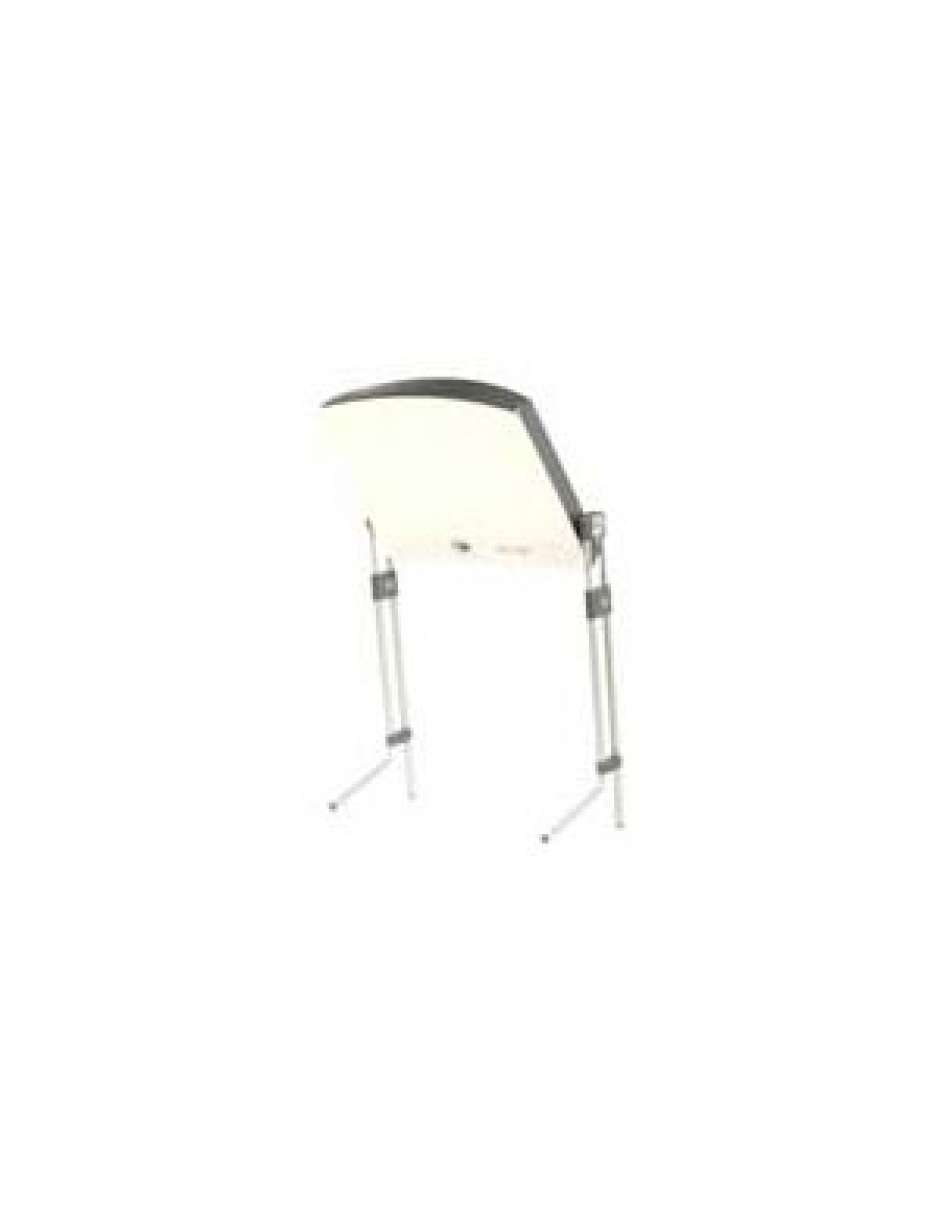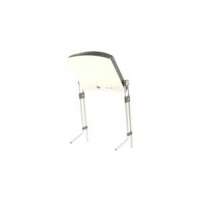Importance of Light:
Light is essential to maintaining normal, healthy physiology. Exposure to the sunrise is a key factor in synchronizing our internal body cycles or circadian rhythms to the external world (so we sleep when it is dark and are alert during the day).
Modern industrial society, combined with human migration to northern latitudes, has tampered with this cycle and the resulting loss of natural light exposure - in dark apartments, in the workplace, on shift work, etc. For many, this leads to ongoing light deprivation, making us vulnerable to mood disorders, sleep problems, fatigue, poor ability to concentrate, and more.
Light levels vary greatly between indoor and outdoor lighting as shown in the chart below. LUX is the measure of light intensity at a specific distance from a light source.
Indoor Lighting
Indoors at home200-500 lux
Indoors at office400-700 lux
Springtime Lighting on a Clear Day
5:55 Sunrise750 lux
6:10 a.m.2,500 lux
6:20 a.m.5,000 lux
6:40 a.m.10,000 lux
12:00 Noon81,000 lux
5:10 p.m.10,000 lux
5:30 p.m.5,000 lux
5:40 p.m.2,500 lux
5:55 Sunset750 lux
Many people may suffer from light deprivation and not even be aware that the symptoms of light deprivation include:
1. Feeling down or moody during the fall and winter
2. Fatigue, lack of energy, and difficulty getting up in the morning
3. Problems getting things done (lack of motivation)
4. Reduced social contact (and often reduced sexual interest)
5. Cravings for carbohydrates and weight gain
Experts believe that as many as 44 million North Americans experience the winter blues. As well, recent findings show that bright light therapy may also help relieve some other issues – some sleeping difficulties, jet lag, shift work adjustment and low energy.


